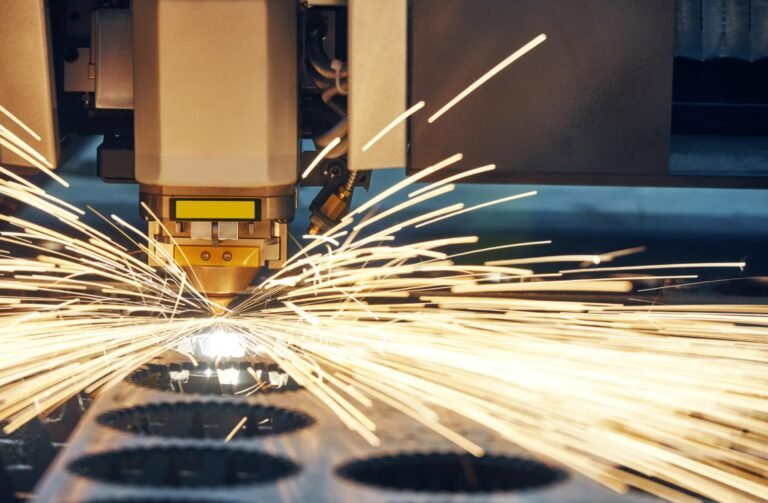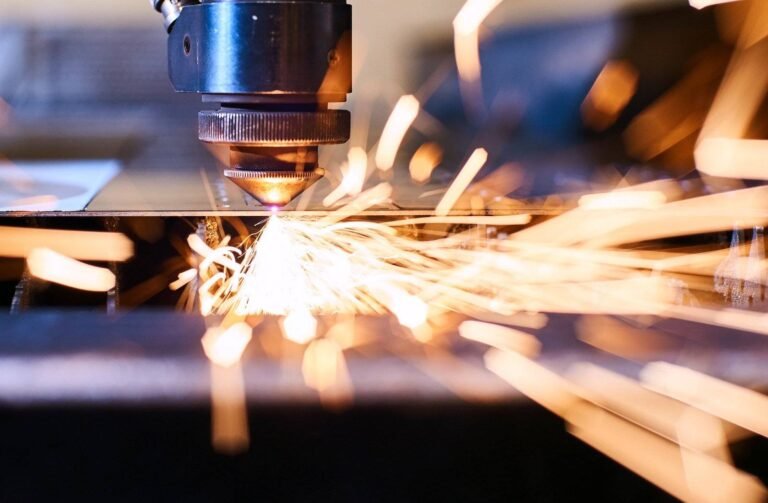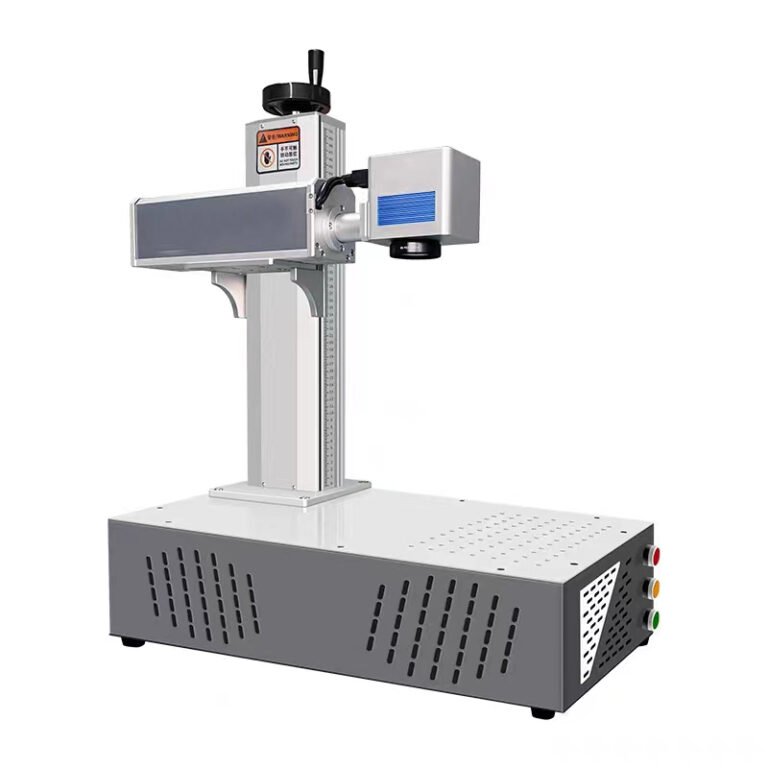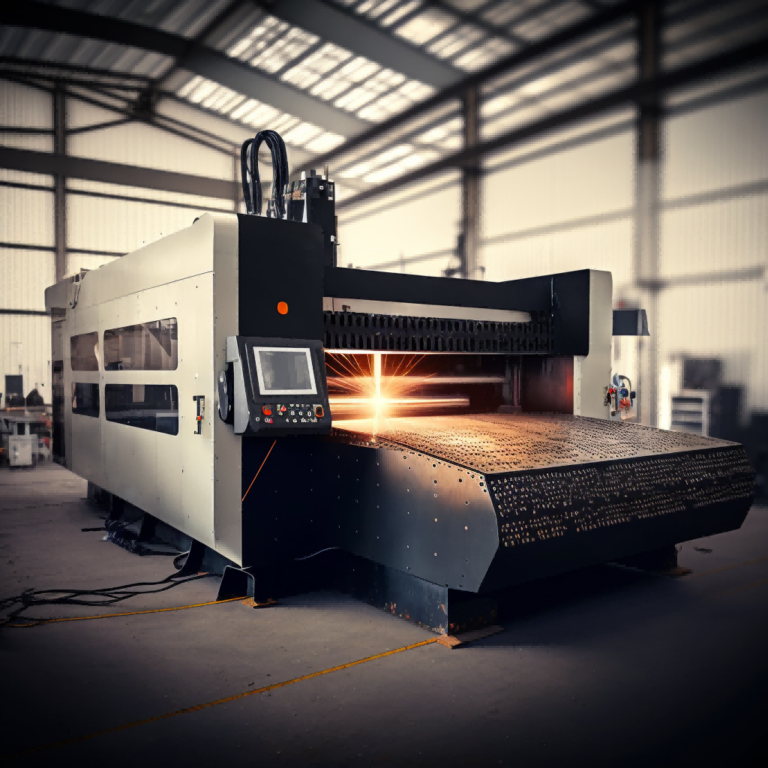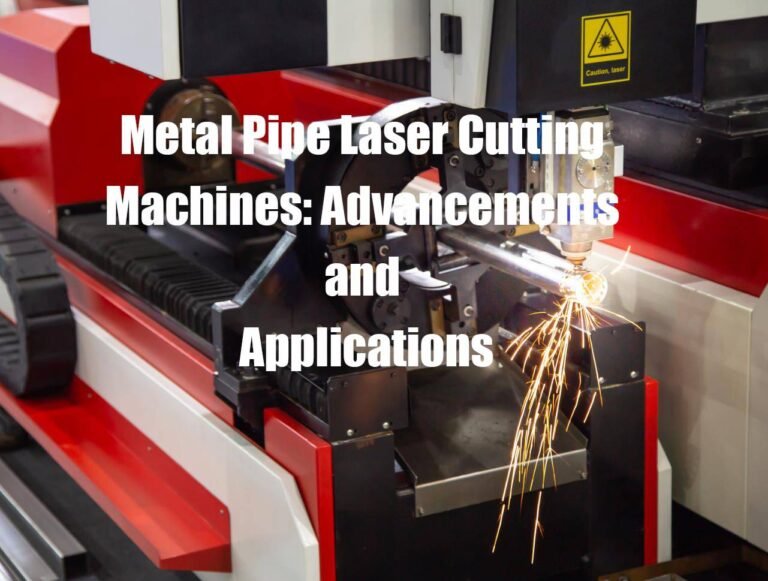Demystifying Fiber Laser Cleaning: How it Works, Advantages, and Applications
I. Introduction
Fiber laser cleaning technology has revolutionized the way industries approach various cleaning tasks, offering a precise, efficient, and eco-friendly solution. Understanding the working principles of fiber laser cleaning and how it compares to other laser cleaning technologies is essential for businesses looking to adopt this advanced method. This article will delve into the basics of fiber lasers, explain how fiber laser cleaning works, and discuss the advantages and applications of this cutting-edge technology.
II. Fiber Lasers: Basics and Operating Principles
A. Definition and key components of a fiber laser
Fiber lasers are a type of solid-state laser that utilizes an optical fiber as the gain medium. The key components of a fiber laser include the laser diode, the optical fiber, and the output coupler. The laser diode emits light that is coupled into the optical fiber, which is doped with rare-earth ions such as erbium or ytterbium. The light travels through the fiber, stimulating the emission of more photons and amplifying the light. The output coupler then extracts a portion of the amplified light, forming the laser beam.
B. How fiber lasers generate and amplify light
The optical fiber in a fiber laser is doped with rare-earth ions that provide the necessary energy levels for lasing. When the laser diode pumps light into the fiber, it excites these ions, causing them to emit photons. As the light travels through the fiber, it encounters more excited ions, resulting in a process called stimulated emission. This process amplifies the light, creating a powerful and coherent laser beam.
C. Wavelengths and power output of fiber lasers
Fiber lasers typically operate at infrared wavelengths, with the most common being 1064 nm. They offer high power output, often ranging from hundreds of watts to several kilowatts. The high power output and excellent beam quality make fiber lasers ideal for various laser cleaning applications.
III. The Fiber Laser Cleaning Process
A. Interaction of laser light with contaminants and surface materials
Fiber laser cleaning works by directing a high-powered laser beam onto the surface to be cleaned. The laser light interacts with the contaminants or coatings, causing them to absorb the energy. This energy transfer results in localized heating, which can lead to vaporization, sublimation, or ablation of the contaminants, effectively removing them from the surface.
B. The role of absorption, vaporization, and sublimation in the cleaning process
During the fiber laser cleaning process, absorption of laser energy by the contaminants or coatings causes them to heat up rapidly. If the energy absorbed is sufficient, the contaminants will either vaporize, sublimate, or undergo ablation. Vaporization occurs when the contaminants transform from a solid or liquid state to a gaseous state. Sublimation, on the other hand, involves a direct transition from a solid to a gaseous state without passing through the liquid phase. Ablation is the removal of material by vaporization or other erosive processes.
C. The significance of laser parameters in the cleaning process
Various laser parameters, such as power, pulse duration, and wavelength, play a crucial role in the fiber laser cleaning process. These parameters determine the amount of energy absorbed by the contaminants and the rate of energy transfer. Adjusting the laser parameters allows for control over the cleaning process, ensuring optimal results for different applications and materials.
IV. Advantages of Fiber Laser Cleaning
Fiber laser cleaning offers several benefits compared to traditional cleaning methods:
A. Precision and selectivity
Fiber laser cleaning is a non-contact process that allows for precise and selective removal of contaminants or coatings. The high degree of control over the laser beam ensures minimal damage to the base material and
preserves its integrity, making it ideal for delicate or intricate cleaning tasks.
B. Efficiency and speed
Fiber laser cleaning is highly efficient, enabling rapid removal of contaminants and coatings. The high power output and excellent beam quality of fiber lasers contribute to the speed and efficiency of the cleaning process, making it a time-saving alternative to traditional cleaning methods.
C. Eco-friendly and minimal waste generation
Fiber laser cleaning is an environmentally friendly process, as it does not require the use of harsh chemicals or generate significant waste. By eliminating the need for chemical solvents and reducing waste generation, this method helps minimize the environmental impact of cleaning processes.
D. Low maintenance requirements
Fiber lasers are known for their low maintenance requirements and long service life, making them a cost-effective solution for industrial cleaning tasks. With fewer components and a solid-state design, fiber lasers are more reliable and require less frequent servicing compared to other laser types.
E. Enhanced safety compared to traditional cleaning methods
Fiber laser cleaning is a safer alternative to traditional cleaning methods that involve the use of hazardous chemicals or abrasive materials. By eliminating the need for these potentially harmful substances, fiber laser cleaning helps improve workplace safety.
V. Applications of Fiber Laser Cleaning
Fiber laser cleaning has a wide range of applications across various industries:
A. Rust and corrosion removal
Fiber laser cleaning is highly effective in removing rust and corrosion from metal surfaces, which can help extend the life of machinery and equipment.
B. Paint and coating removal
Fiber laser cleaning technology can efficiently strip away paint, coatings, or varnishes without causing damage to the underlying material.
C. Surface preparation for welding or bonding
Fiber laser cleaning can prepare surfaces for welding or bonding by removing contaminants, ensuring a strong and durable connection.
D. Mold cleaning and maintenance
Fiber laser cleaning machines can remove residues and contaminants from mold surfaces, increasing their lifespan and ensuring consistent product quality.
E. Restoration and conservation of historical artifacts
Fiber laser cleaning is used in the restoration and conservation of historical artifacts, monuments, and artwork due to its precision and non-destructive nature.
VI. Factors to Consider When Choosing a Fiber Laser Cleaning System
When selecting a fiber laser cleaning system, consider the following factors:
A. Laser power and pulse duration requirements
Determine the appropriate laser power and pulse duration for your specific cleaning task. Higher power lasers may be necessary for removing thicker or more stubborn materials, while lower power lasers may be more suitable for delicate or intricate cleaning tasks.
B. Integration with existing manufacturing processes
Ensure that the fiber laser cleaning system can be integrated into your existing manufacturing processes, taking into account factors such as space requirements and compatibility with other equipment.
C. Budget and cost considerations
Consider the initial cost of the fiber laser cleaning system, as well as ongoing maintenance and operational expenses. Weigh the benefits of the system against these costs to determine if it is a cost-effective solution for your cleaning needs.
D. Safety measures and operator training
Ensure that proper safety measures are in place when operating a fiber laser cleaning system, and provide adequate training for operators to minimize the risk of accidents.
VII. Conclusion
Understanding the working principles of fiber laser cleaning is essential for businesses looking to adopt this advanced method for various cleaning tasks. Fiber laser cleaning offers numerous advantages, including precision, efficiency, eco-friendliness, and low maintenance requirements. With a wide range of applications across multiple industries, fiber laser cleaning is a viable solution for many cleaning challenges. By considering factors such as laser power requirements, integration with existing processes, budget, and safety measures, businesses can make an informed decision about whether fiber laser cleaning is the right choice for their needs.
